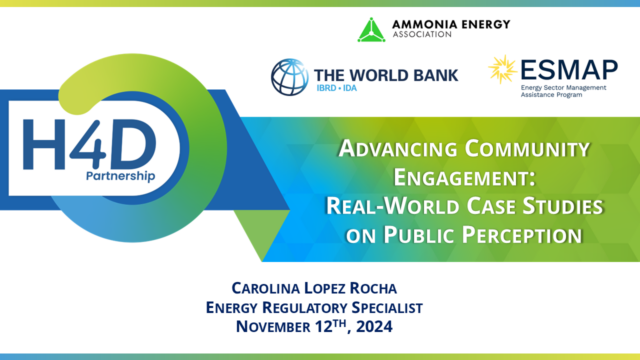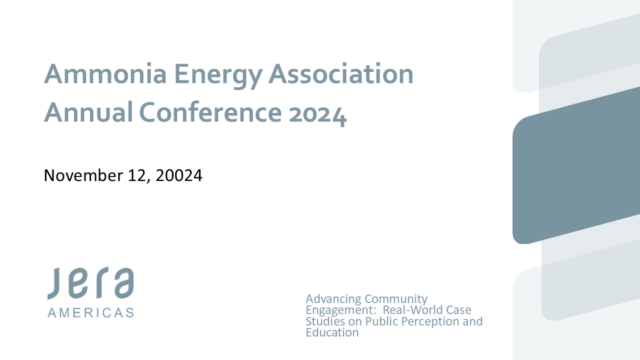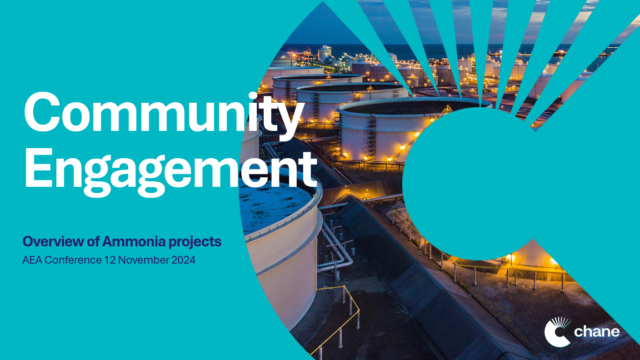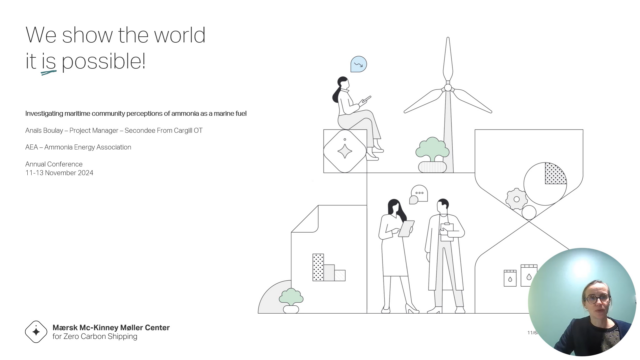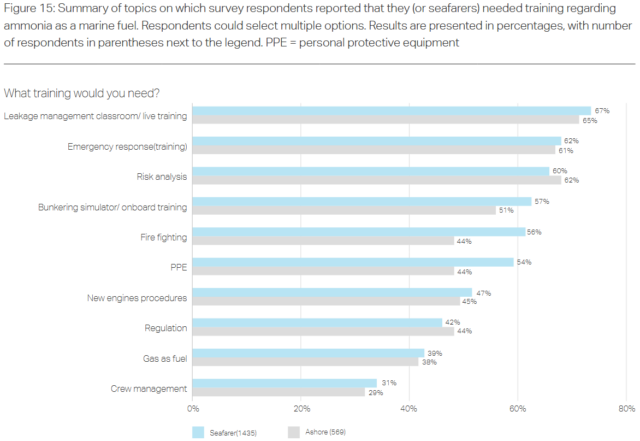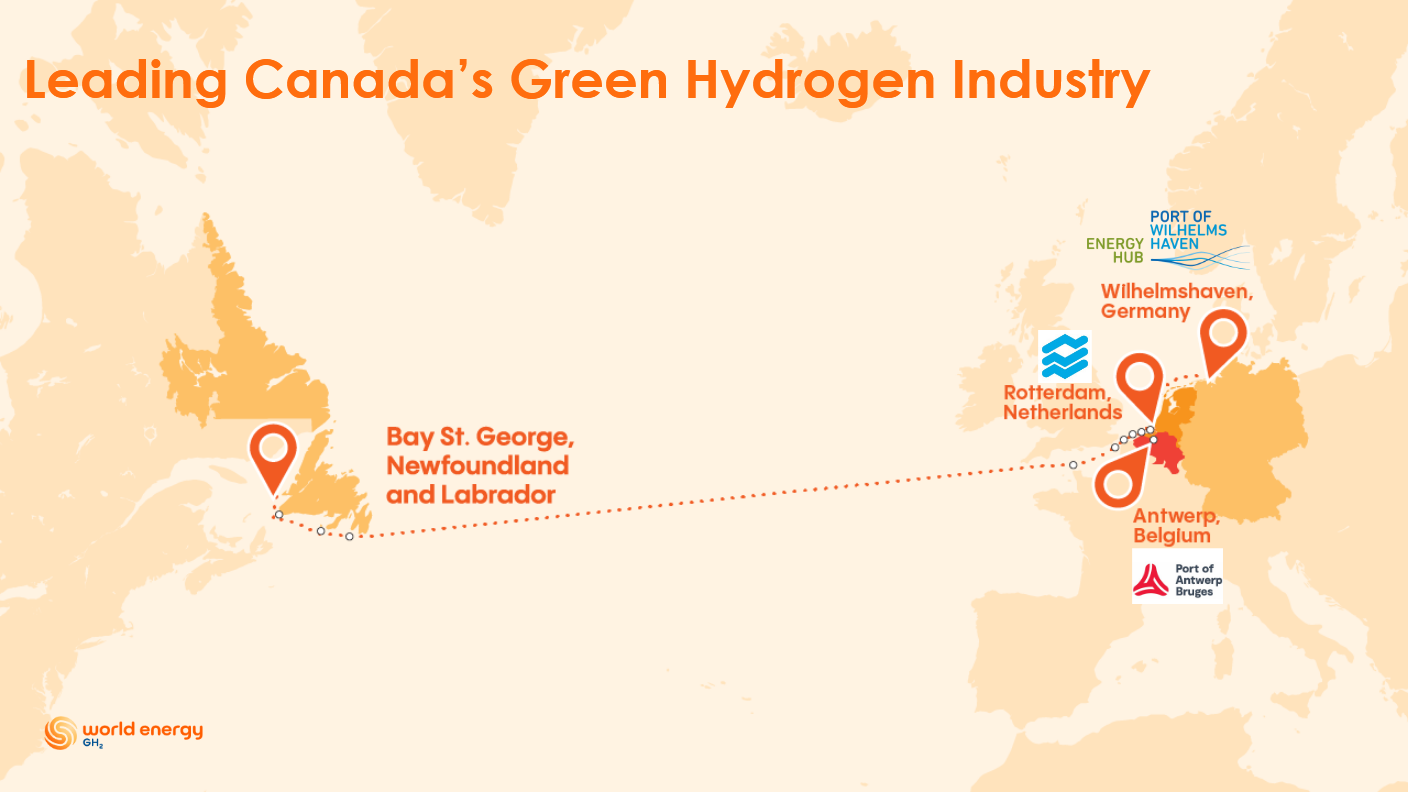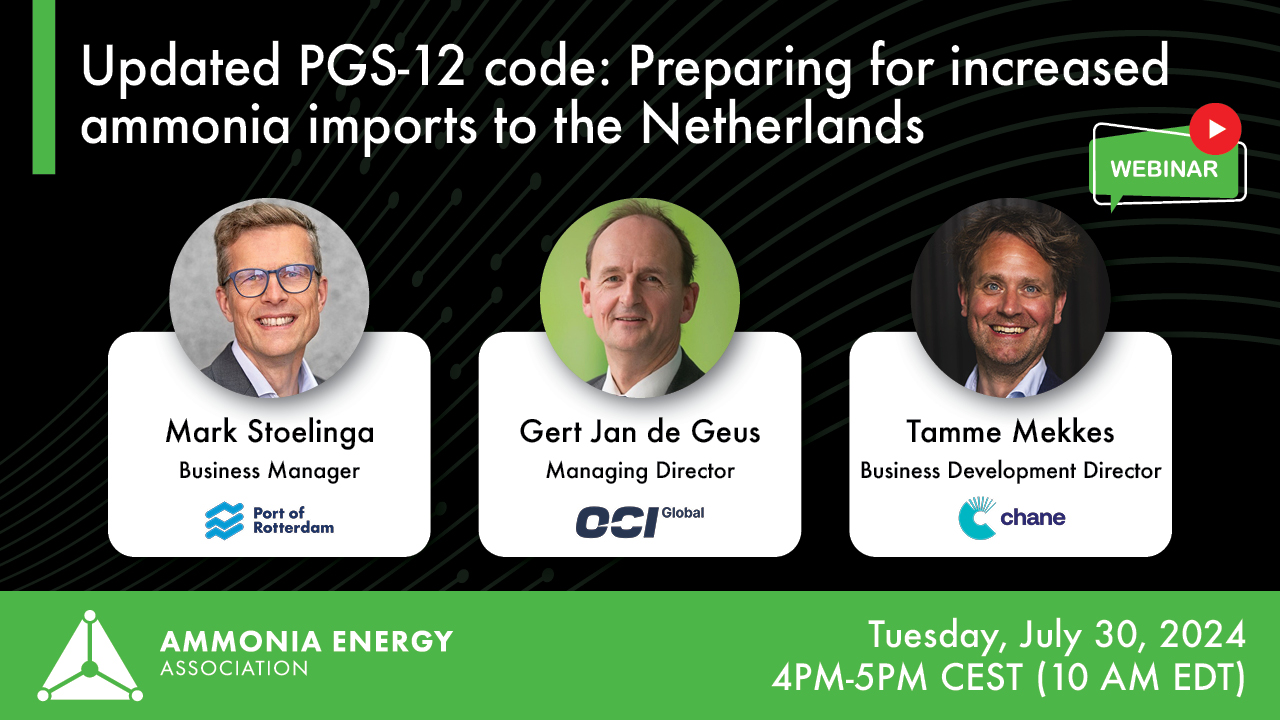Public Perception
Investigating maritime community perceptions of ammonia as a marine fuel
Seafarer survey: majority willing to sail on ammonia, comprehensive training a must
The Mærsk Mc-Kinney Møller Center for Zero Carbon Shipping has released results from a new survey of over 2,000 workers across the maritime community. While a majority of workers indicate their willingness to sail on ammonia-fueled vessels, this support is contingent upon comprehensive training that addresses all concerns and operational aspects of working with ammonia. Live training, operational experience and proactive communication will all be required to increase confidence in the new fuel.
R&D recap: the Journal of Ammonia Energy – volume II
Ahead of the international Symposium on Ammonia Energy event next month, we recap R&D presented in the second edition of the Journal on Ammonia Energy:
- An integrated, indirect ammonia solid-oxide cell featuring a heat exchanger and ammonia cracker was modelled, built and tested by the UK’s Science and Technologies Council (STFC).
- The techno-economics of the transportation of energy from Orkney, Scotland to Milford Haven, Wales using ammonia as an energy carrier transported by ship may be the most cost-effective option.
- N2O and NOX conversion in ammonia engine exhausts is limited by the presence of oxygen and water, presenting an optimisation challenge for technology developers.
- And an academic-industry joint session on ammonia safety highlighted multiple projects currently underway to tackle the risks associated with the use of ammonia in new commercial sectors.
R&D recap: the Journal of Ammonia Energy
Ahead of the 3rd Symposium on Ammonia Energy in Shanghai next month, we take the opportunity to highlight select papers and key results from the first two editions, starting with the 2022 Cardiff event:
- In an ammonia-diesel blending study, Orleans University and WinGD found that minimising the diesel fraction actually led to increased N2O emissions.
- In a bid to produce an optimal ammonia-hydrogen fuel blend, a University of Birmingham team characterised the ammonia cracking mechanism of a new, transition metal-promoted lithium amide catalyst.
- A KAUST study of swirl intensity of an ammonia-methane blended fuel finds that increasing the swirl number leads to a more compact flame, reducing NOX emissions.
- A team from the University of Minnesota found that combustion durations comparable to gasoline were obtained for ammonia-hydrogen fuel blends.
- And, as part of a joint academic-industry session on safety, it was recommended that a careful, proactive approach is taken towards new ammonia users, likely exposure risk points and deploying maritime ammonia fuel.
Harnessing wind power for ammonia on Canada’s Atlantic coast
In our June episode of Project Features, we were joined by World Energy GH2 to explore the major milestones of Project Nujio’qonik, an RFNBO-compliant ammonia project based on GW-scale wind power in Newfoundland and Labrador, Canada. FID on the project’s first phase is expected in 2025, producing 400,000 tons of ammonia per year for export to Europe.
Updated PGS-12 code: Preparing for increased ammonia imports to the Netherlands
Meet the Port of Rotterdam, OCI Global and Chane, three organisations at the forefront of preparing the Netherlands for increased ammonia imports. In this webinar, learn how updates to PGS-12 - the Dutch national guideline for ammonia storage and handling - will help unlock expanded ammonia imports to Rotterdam and other key ports.
